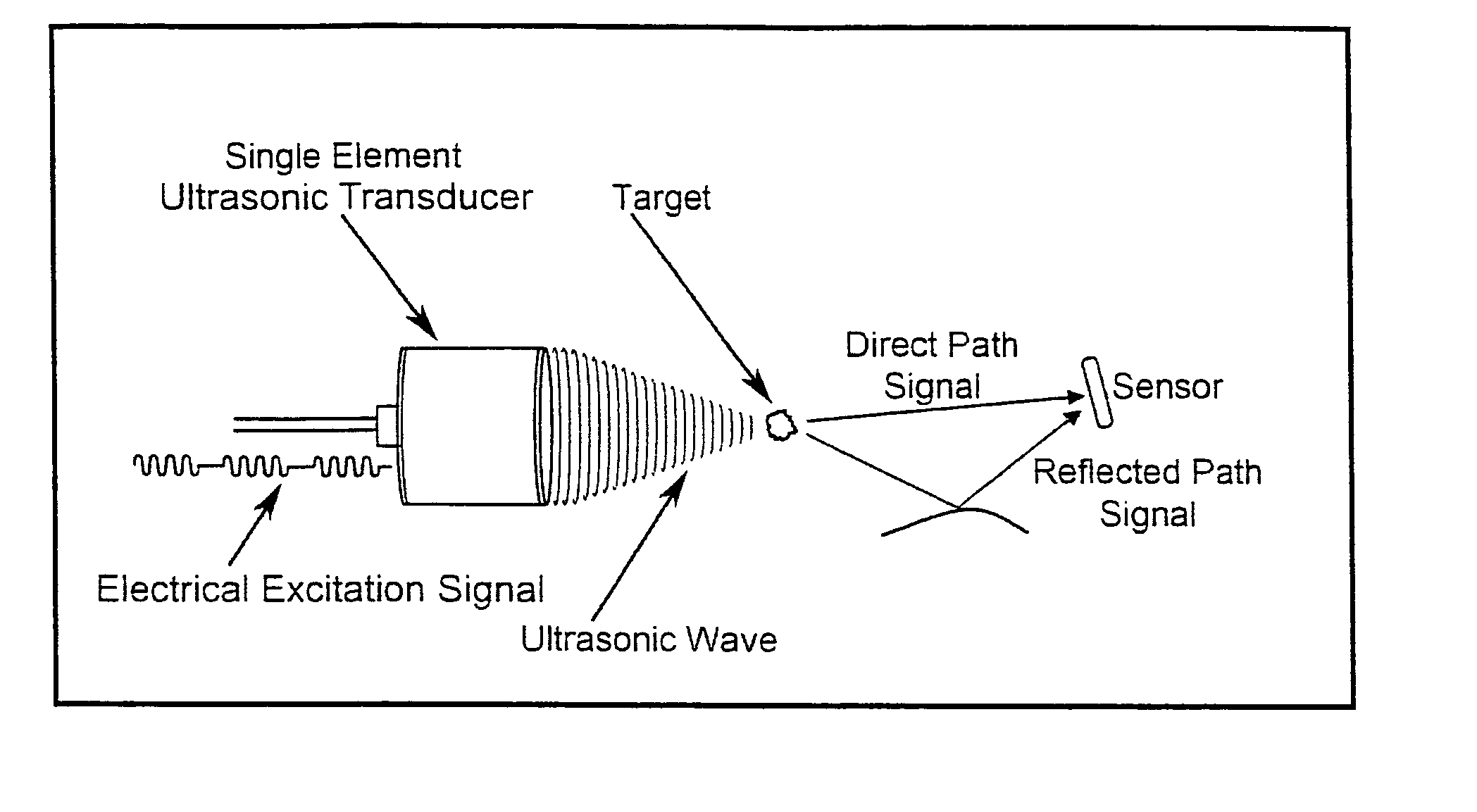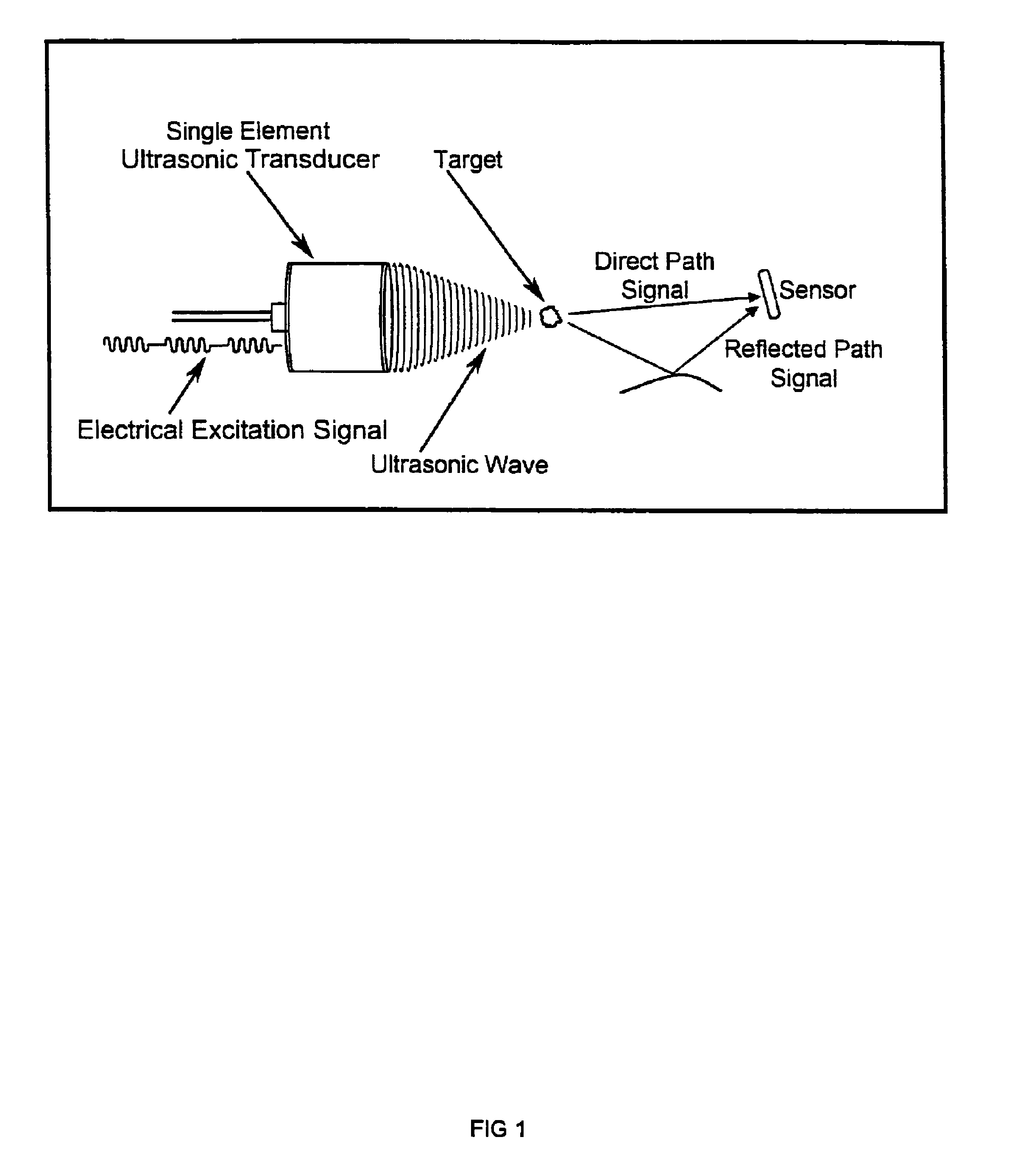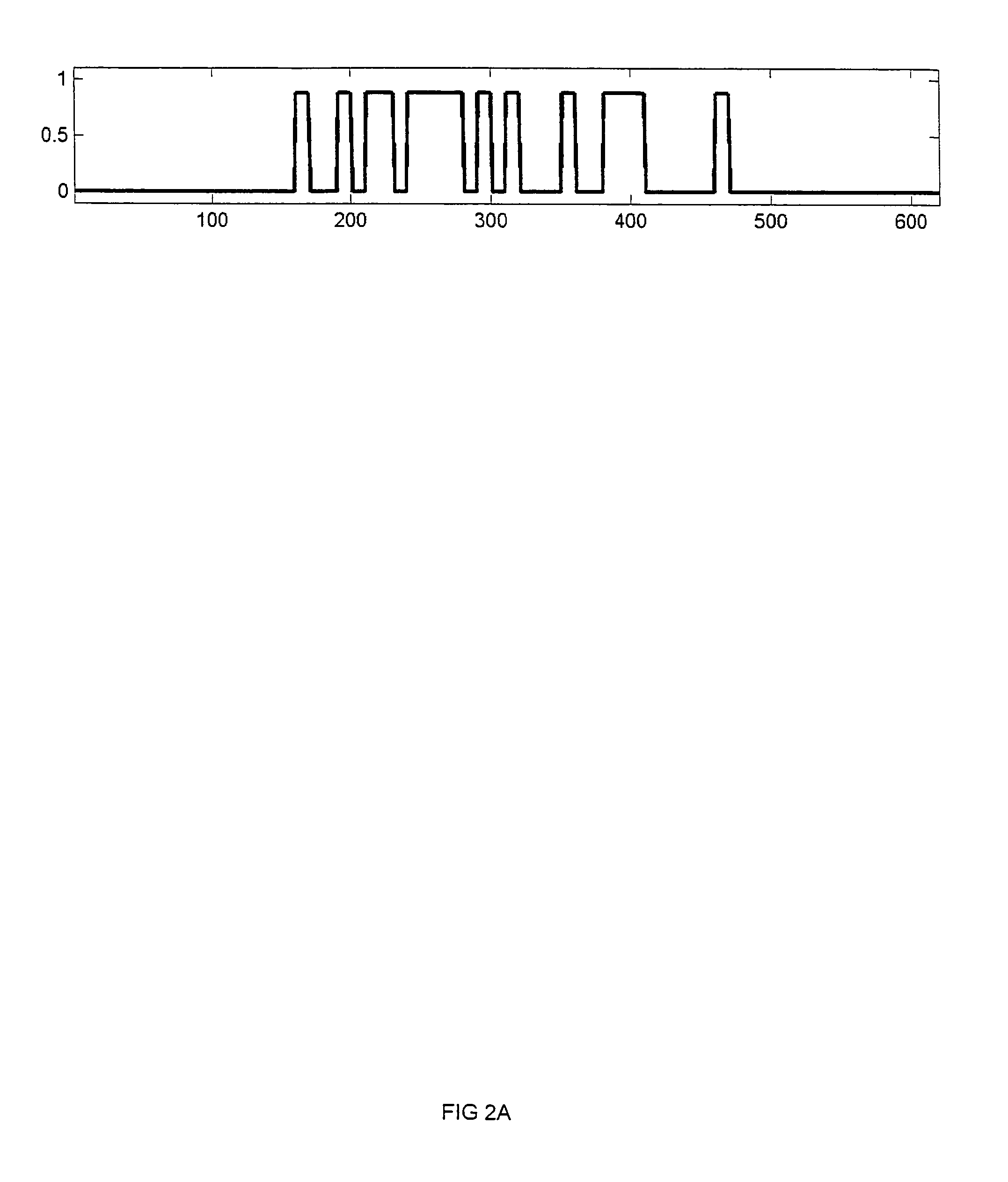Use of coded excitation schemes in the detection and location of a target in a human body such as breast calcifications
a target detection and target technology, applied in the field of human target detection, can solve the problems of prohibitively expensive mri, poor contrast in mammographic images, and inaccessibility for all, and achieve the effect of facilitating the task, facilitating the adaptation to different physical situations, and facilitating the maintenance of acoustic coupling with the body
- Summary
- Abstract
- Description
- Claims
- Application Information
AI Technical Summary
Benefits of technology
Problems solved by technology
Method used
Image
Examples
Embodiment Construction
[0086]Although specific embodiments of the present invention will now be described with reference to the drawings, it should be understood that such embodiments are by way of example only and merely illustrative of but a small number of the many possible specific embodiments which can represent applications of the principles of the present invention. Various changes and modifications obvious to one skilled in the art to which the present invention pertains are deemed to be within the spirit, scope and contemplation of the present invention as further defined in the appended claims.
[0087]The nature of the sound transmission medium, in this case human breast tissues, can vary widely. In addition, physical features of interest such as microcalcifications and tumors may be characterized by rough edges, branching structures, irregular geometries, and complex spatial distributions, and thereby may respond to a stimulating signal or multiplicity of stimulating signals and emit signal energ...
PUM
 Login to View More
Login to View More Abstract
Description
Claims
Application Information
 Login to View More
Login to View More - R&D
- Intellectual Property
- Life Sciences
- Materials
- Tech Scout
- Unparalleled Data Quality
- Higher Quality Content
- 60% Fewer Hallucinations
Browse by: Latest US Patents, China's latest patents, Technical Efficacy Thesaurus, Application Domain, Technology Topic, Popular Technical Reports.
© 2025 PatSnap. All rights reserved.Legal|Privacy policy|Modern Slavery Act Transparency Statement|Sitemap|About US| Contact US: help@patsnap.com



